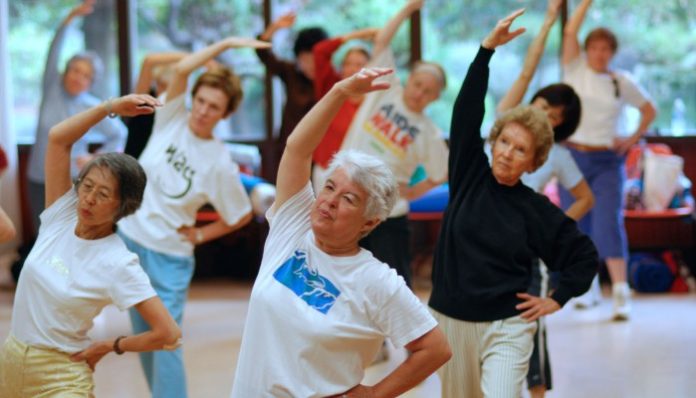Cardiovascular disease risk is higher in older adults. Thus, it is essential for them to understand how inactivity might influence risk in this age group. Physical inactivity is an outstanding danger factor for cardiovascular sickness and unexpected passing from the cardiovascular disease.
In a new research by the University of Bristol, scientists examined how physical activity help older adults to stay fit.
They studied more than 1,600 British volunteers, age 60 to 64, who wore heart rate and movement sensors for five days. The sensors reveal about their physical activity as well as how much light physical activity, such as slow walking, stretching, golfing or gardening, versus moderate-to-vigorous activity, they were doing.
In addition, scientists tested participant’s blood levels for markers of cardiovascular disease including inflammatory markers C-reactive protein and interleukin 6 (IL-6); endothelial markers, tissue-plasminogen activator (t-PA), the molecule E-Selectin and cholesterol markers leptin and adiponectin.
They found that:
- Each additional 10-minutes spent in moderate-to-vigorous intensity activity was associated with leptin levels that were 3.7 percent lower in men and 6.6 percent lower in women.
- Each additional 10-minutes spent sedentary was associated with 0.6 percent higher IL-6 levels in men and 1.4 percent higher IL-6 levels in women.
- Each additional 10-minutes spent in light intensity activity was associated with around 0.8% lower t-PA levels in both men and women.
- Less sedentary time and greater time in low-intensity activity were beneficially related to IL-6 and t-PA, regardless of time spent at higher intensity activity.
- Those with better cardiorespiratory fitness (based on an oxygen uptake step test) also had a healthier biomarker profile, though this effect largely disappeared after controlling for related differences in body fat.
- Total activity volume appeared related to these biomarkers independently of underlying cardiorespiratory fitness.
- E-selectin was the only biomarker which showed no notable associations with physical activity and sedentary time (but was related to fitness levels).
The study, in other words, suggests that physical activity might lower cardiovascular disease risk by improving blood vessel function, particularly good among women.
Ahmed Elhakeem, Ph.D., study author and senior research associate in epidemiology at Bristol Medical School, University of Bristol said, “The study measured activity and biomarkers at the same time and didn’t establish whether activity influenced the biomarkers, or the biomarkers influenced activity. We found it’s important to replace time spent sedentary with any intensity level of activity.”
The research is published in the Journal of the American Heart Association, and the Open Access Journal of the American Heart Association/American Stroke Association.
